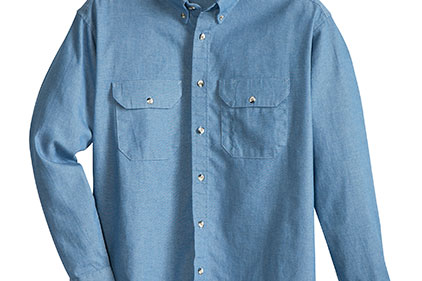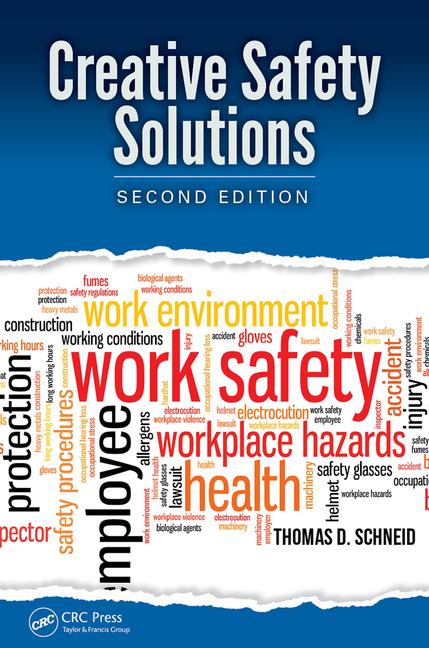Recently, Mount Vernon FR, in conjunction with the American Society of Safety Engineers (ASSE) conducted a study of 400 EHS professionals to better understand the challenges they face. Results of the online survey represent nearly 490,000 employees who wear FRC on the job.
According to the study, the most significant challenges faced by today’s EHS professionals in the utilities, manufacturing and construction industries include:
1) Selection of FRC for hot weather conditions – Nearly two-thirds of respondents (65%) said that the selection of FRC for hot weather conditions is a moderate or serious problem, making it the number-one challenge faced by EHS professionals in the utilities, construction and manufacturing industries. Improving the comfort of FRC for hot weather conditions requires finding the optimum combination of fiber blend, fabric construction and weight for the specific environmental conditions and job application.
2) The need for greater durability – Nearly all of the respondents (88%) in these industries said that they provide FRC to their employees, either exclusively (66%) or in combination with a stipend (21%). In the survey, 30% of the respondents said that the durability of FRC is a moderate to serious problem, and only 13% said they are extremely satisfied with the amount of durability offered today. Durability issues can drive up the cost of an FRC program through the need to replace garments sooner than budgeted, and excessive wear and tear can compromise the protection offered by the garment, leaving workers vulnerable and potentially unsafe.
3) The care and maintenance of FRC – Of the companies using an outside industrial laundry for their FRC program (58% of the total), 39.7% say that the care and maintenance of FRC is a moderate or serious problem. Respondents are most dissatisfied with the amount of fading after laundering (29%) and the amount of wear and tear caused by laundering (18%). Fading causes workers to question whether the level of protection has faded along with the color, while garment defects that occur from the laundry process make FRC ineffective and lead to shorter replacement cycles and higher costs.
4) Keeping up with FRC regulations and standards – Nearly one-third (31.0%) of respondents said keeping up with FRC regulations and standards is a moderate or serious problem. More than three-quarters (78.7%) of EHS professionals in these industries consider industry experts and consultants to be an important source of information related to FRC, including regulations, standards or trends, followed by regulatory agency websites (77.3%), garment manufacturers (69.0%) and fabric manufacturers (66.4%).
5) The delivery lead-time for FRC garments – 30.1% of respondents said the delivery lead-time for FRC garments is a moderate to serious problem. When it comes to the FRC purchase decision, 82.5% of respondents said customer service is important, followed by fabric availability (81.7%) and the fact that the fabric is made in the U.S. (76.3%) – all of which can impact the on-time delivery of a FRC garment program.
FR fabrics are not commodities
An important part to the solution to these challenges begins with the selection of the right FR fabrics to meet your specific needs. Respondents to the survey do not believe that FR fabrics have become commoditized. EHS professionals believe that differentiation does exist from one FR fabric to another based on their response to the following questions:
- 79% of respondents disagreed with the following: “All FR fabrics are essentially the same.”
- 49% disagreed with the following: “FR fabrics at comparable weights offer the same amount of protection.”
The FRC supply chain, which includes manufacturers of FR fabrics and garments, will need to work together to create solutions to these key challenges, as EHS professionals can’t overcome them on their own. Focusing on these challenges will help drive meaningful and relevant developments in FRC that will keep workers in utilities, manufacturing and construction industries safer, regardless of conditions.




